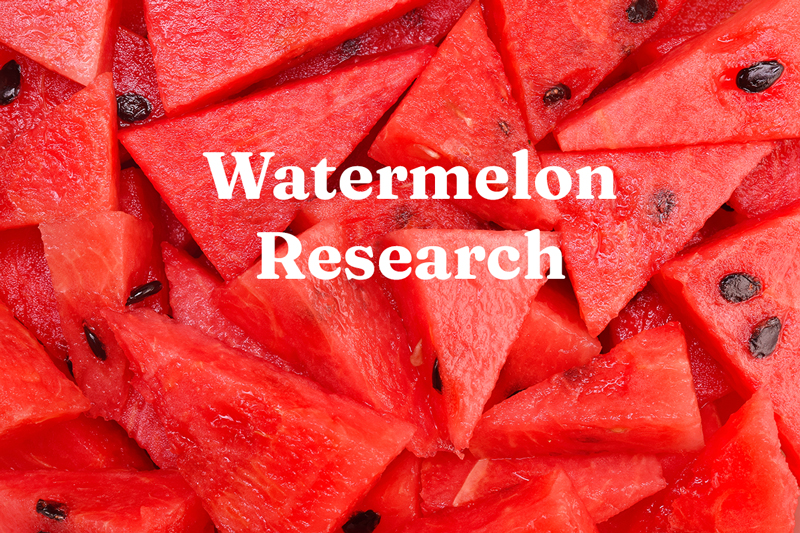Advancing Watermelon Production
NWA is committed to advancing the industry through robust research initiatives aiding watermelon production. Explore our extensive library of research projects, funded by NWA, which tackle the pest and disease challenges faced by the industry using innovative and cutting-edge methods.


